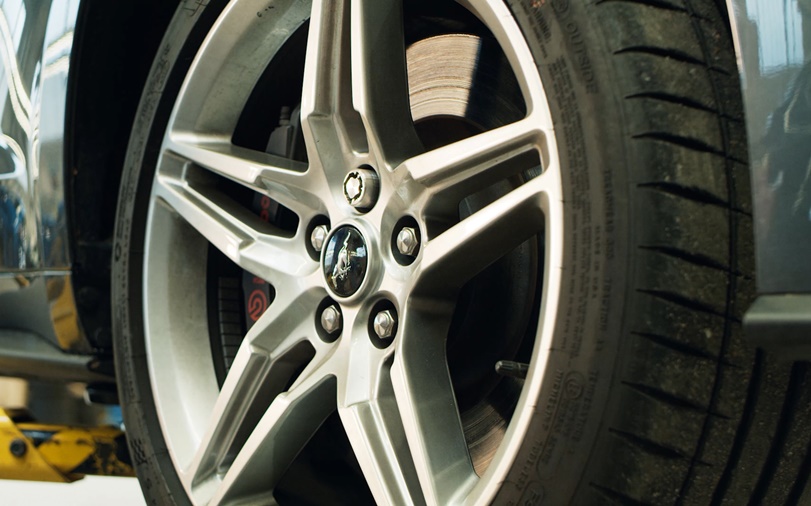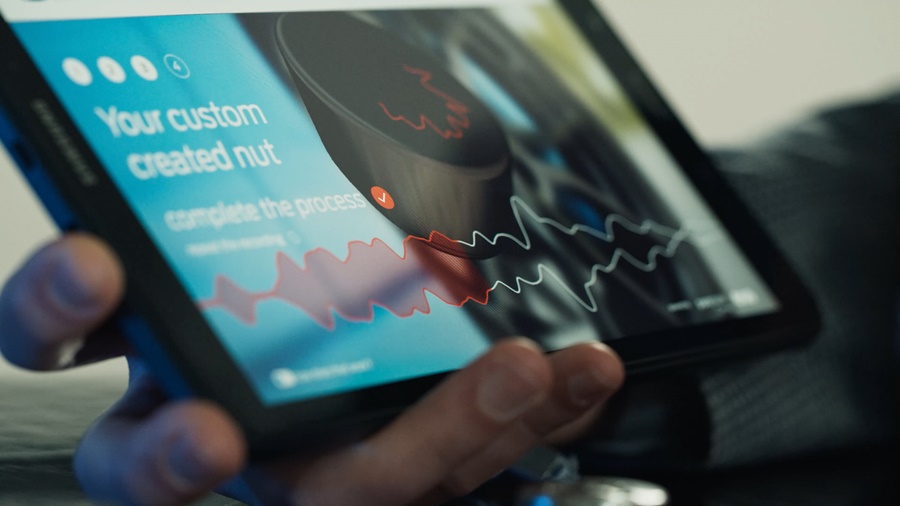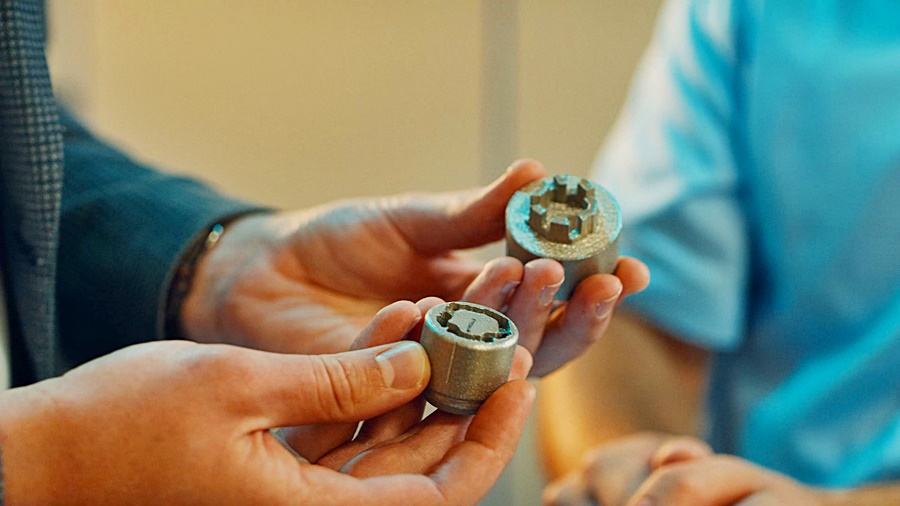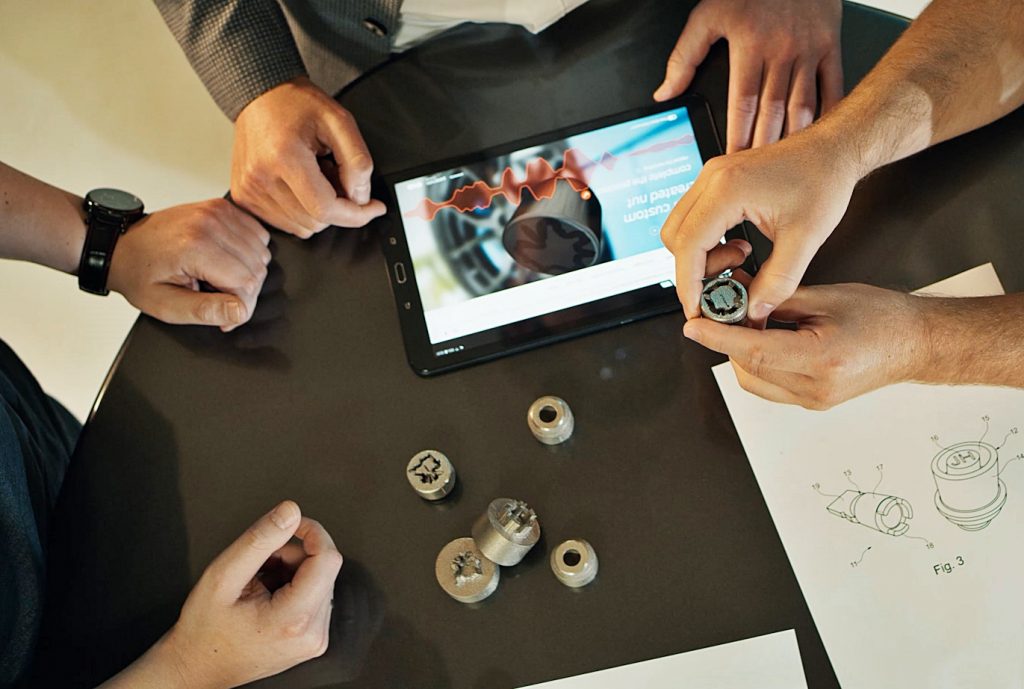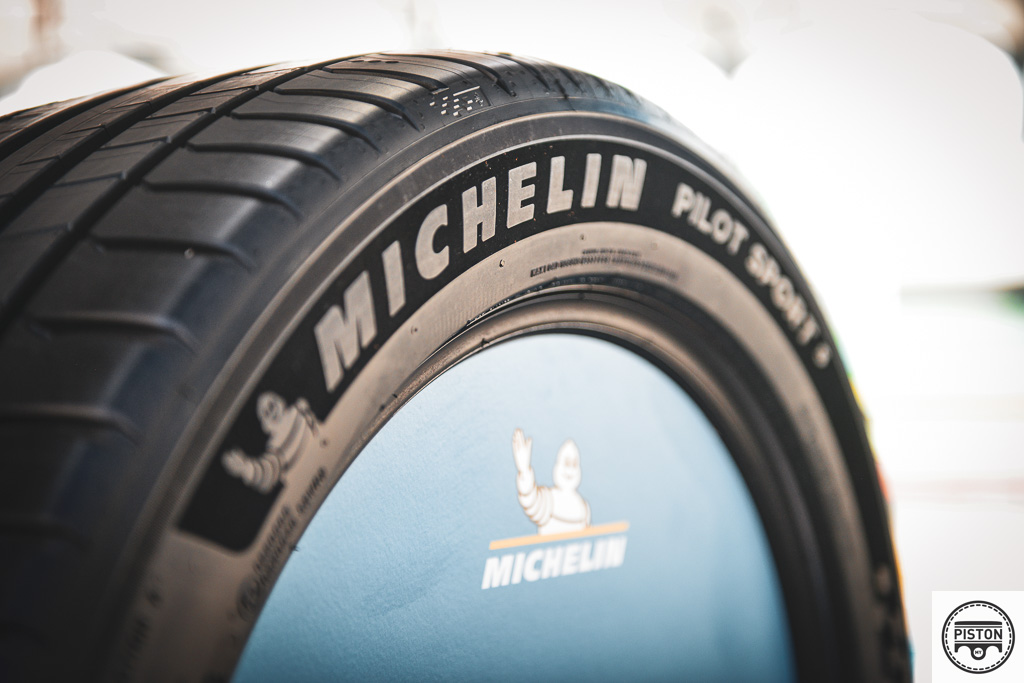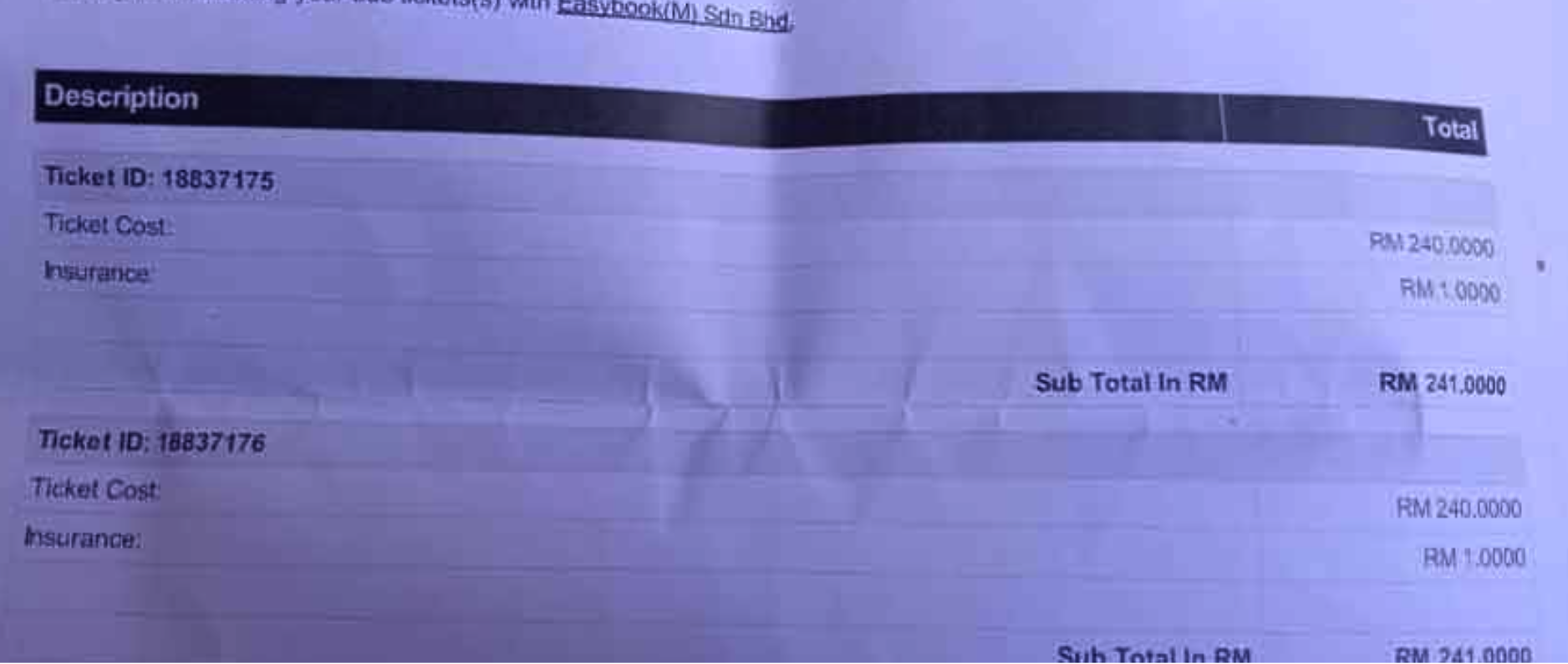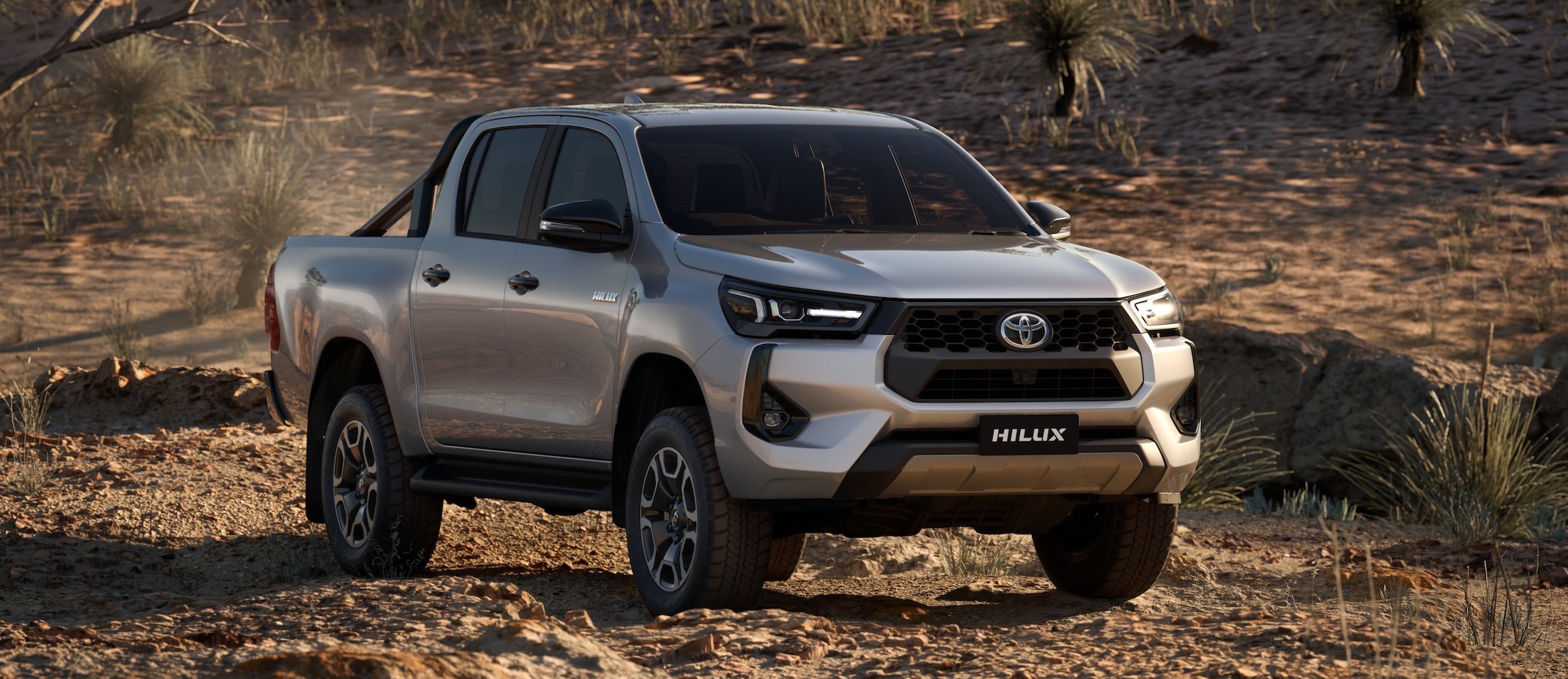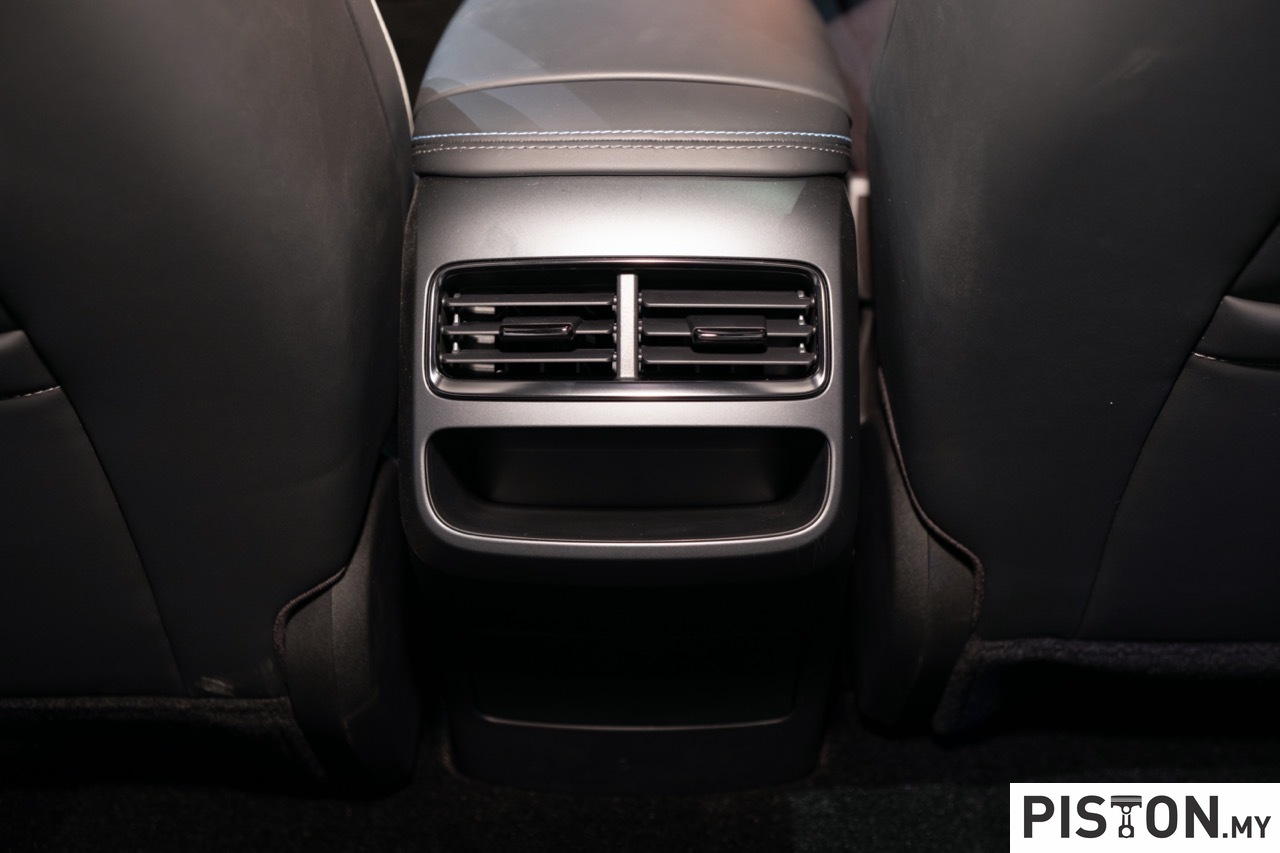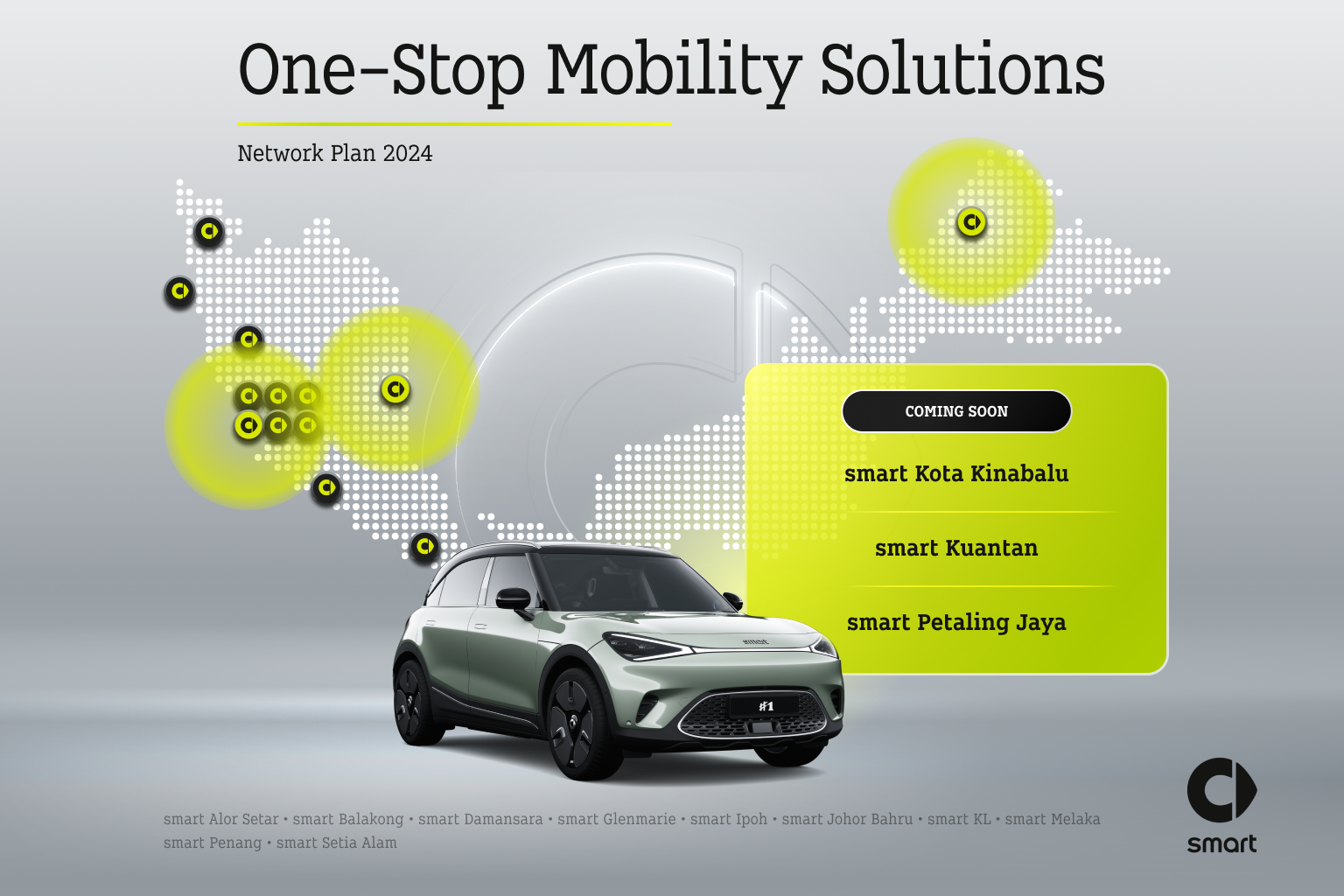It’s one of the worst experiences for a driver – finding their car up on blocks (or sometimes not even off the road) with all four wheels gone. Now Ford has developed unique rim nuts that can make wheels more secure using 3D printing technology.
Together with EOS, a leading supplier for high-end solutions in 3D additive manufacturing, Ford has created locking nuts with contours based on the driver’s voice. Like an iris scan or a fingerprint, a person’s voice can be used as a unique biometric identification.
Engineers record the driver’s voice for a minimum of one second, saying something like ‘I drive a Ford Mustang’, and use software to convert that singular soundwave into a physical, printable pattern. This pattern is then turned into a circle and used as the design for the locking nut’s indentation and key.
With the geometry in place, the nut and key are designed as one piece, then 3D-printed using acid and corrosion resistant stainless steel. When finished, the nut and key are separated, with a small amount of grinding required to make them ready for use.
Additional security features
The design also includes second-level security features that prevent the nut from being cloned or copied. The unevenly spaced ribs inside the nut and indentations that widen the deeper they go prevent a thief from making a wax imprint of the pattern, as the wax breaks when it is pulled from the nut.
If not using the driver’s voice to create the contours, the nuts could feature designs specific to a vehicle, such as with the Mustang logo, or use the driver’s initials. The design could also take inspiration from a driver’s interest, for example, by using the outline of a famous racetrack.
Expanding use of 3D printing
3D printing, or additive manufacturing, offers design flexibility to help reduce weight, improve performance and create parts that wouldn’t be possible using conventional methods. For more than 30 years, Ford has increasingly used 3D printing to make prototype parts which help reduce the development time for new vehicles.
The company has also used this technology to create parts that feature in the Ford GT, Focus and Mustang GT500, and will make more 3D-printed parts in the future. Special bespoke car parts are also 3D printed, including the intake manifold in Ken Block’s Hoonitruck and the pair of wind louvres found on the M-Sport Ford Fiesta World Rally Championship car.
On the Ford production line, 3D printing is used to create assembly line tools that are up to 50% lighter, which makes repetitive tasks less physically stressful and helps improve manufacturing quality. As many of these tools are made of nylon, Ford has introduced a recycling programme that turns old 3D-printed pieces and plastics from manufacturing areas into 100% recycled nylon.
Ford also creates 3D-printed safety equipment, such as protection sleeves for rotating tools used on the production line, which prevent operators from incurring finger and arm injuries.
“Having our very own plug-and-play printer enables us to make tools and parts exactly when we need them, and to replace them faster than ever before. For some tools, the delivery time was up to 8 weeks but with 3D printing, the turn-around has been reduced to just five days. Best of all, anyone can sit down, create the part they need and start printing it using recycled plastic,” said Lars Bognar, a research engineer for Advanced Materials and Processes at Ford of Europe.
Save money while switching to a more active and adventurous lifestyle with the Ford Ranger XLT


